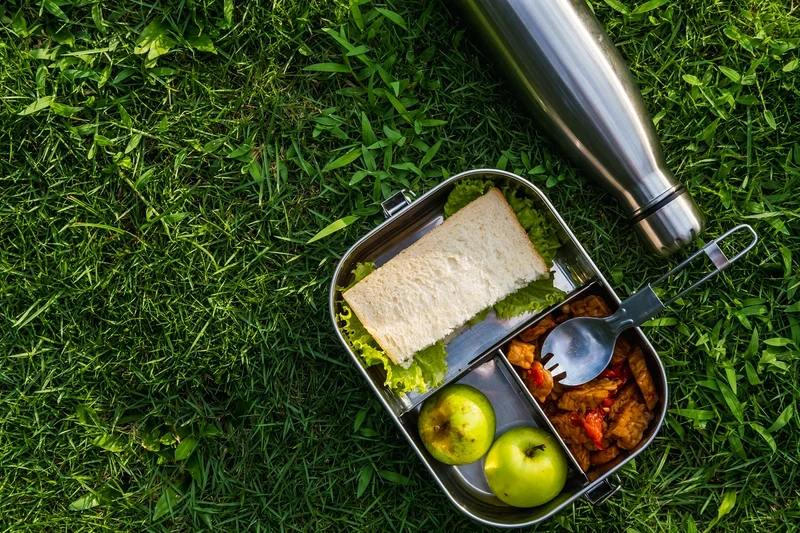Eight steps to creating a plastic-free lunchbox

As we return to back-to-school mode, now is a great time to consider how we put our children’s lunchboxes together to reduce waste and plastics for the benefit of future generations.
As parents, grandparents and caregivers, the changes we make today also help family members form natural habits to one day live plastic-free lives.
The right lunchbox
Try to invest in a durable lunchbox made from non-toxic materials.
You may choose a lunchbox large enough to hold small containers, or one with compartments that eliminates the need to wrap foods separately.
Prioritise produce and plastic-free products
Favour fresh fruits and vegetables in the lunchbox as much as possible. These items don’t require packaging to bring home from the supermarket, and require no packaging to load into the lunch box. Win-win!
Avoid unnecessarily pre-packaged fruits and vegetables.
Top tip: most bakeries and some supermarkets will offer store-baked bread in paper bags instead of plastic.
Buy in bulk
Buying bulk foods reduces the amount of packaging and plastics used, right from the source.
Where possible, buy food in bulk, either from the bulk containers in health food stores, or in large volumes from the supermarket, and decant into glass jars for convenience.
Check out our guide to buying bulk food and household products on the Sunshine Coast.
Beeswax wraps
Use cloth and beeswax wraps instead of plastic wrap for wrapping food. These are widely available from health food stores or online, or you can make your own.
Cutlery wrap
Providing cutlery with a child’s lunchbox might be a recipe for lost forks, so consider a cute or personalised cutlery wrap they’ll treasure and love to carry around.
Got creative little ones? Making their own cutlery wraps is a great after-school activity that will have them loving their reusable cutlery.
Reusable produce bags
Reusable mesh produce bags are a handy tool for waste-free shopping, but can also be helpful in the lunchbox for packing nuts, grapes or small snack collections.
As an added bonus, these bags can be thrown straight into the washing machine for a hassle-free clean.
Containers
It’s time to go through the container drawer, reunite all those lids with their counterparts, and ensure you have enough.
While these containers are almost always made from plastic, reusing the things we already have remains a sustainable option and reduces the need to buy new items.
Paper bags
The paper bag remains an easy plastic-free option that you won’t need to worry about getting lost.
Try to source paper bags made from recycled or sustainable sources.
Read more on how to reduce plastics and waste:
Last edited on:
First published on: